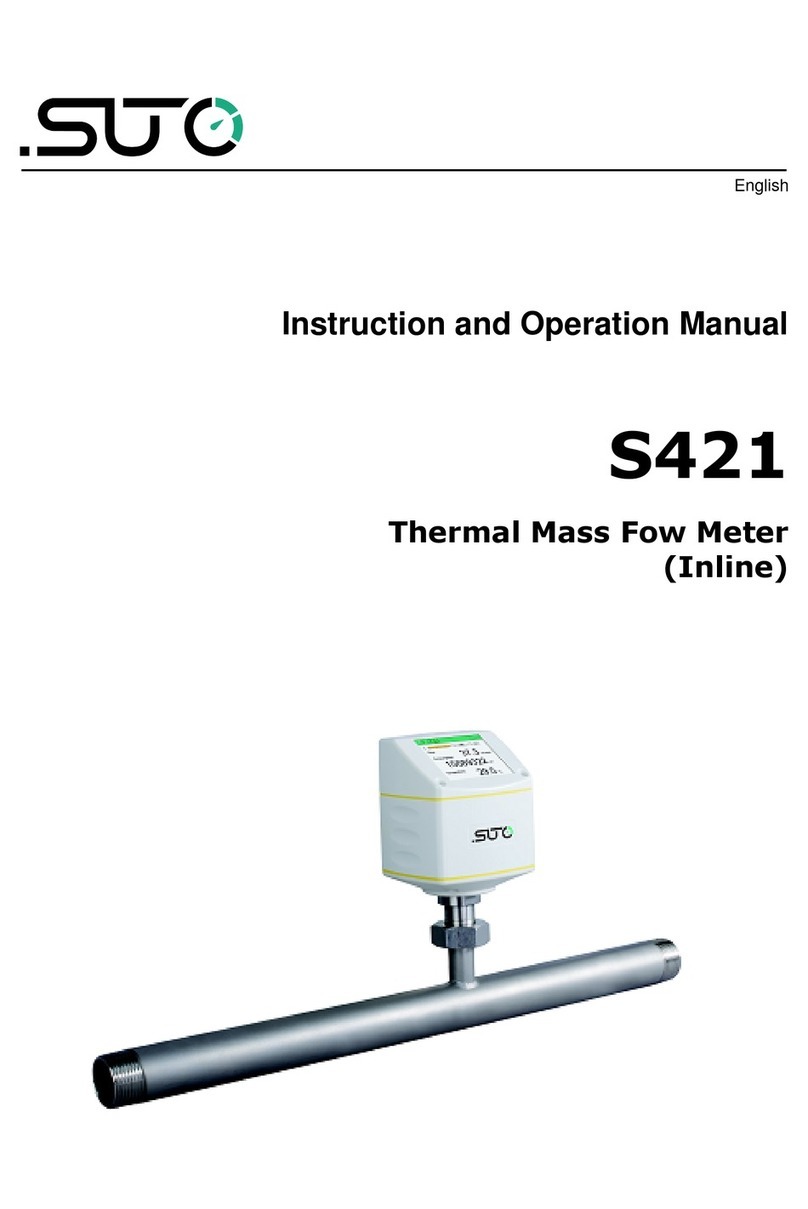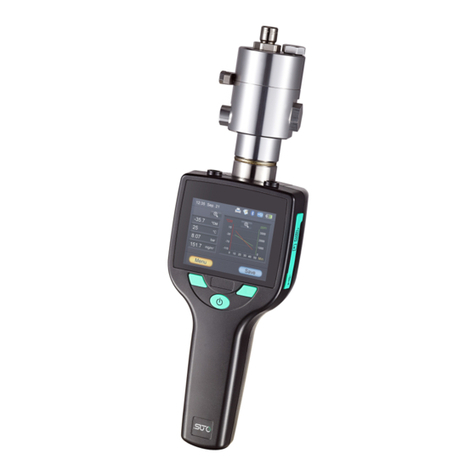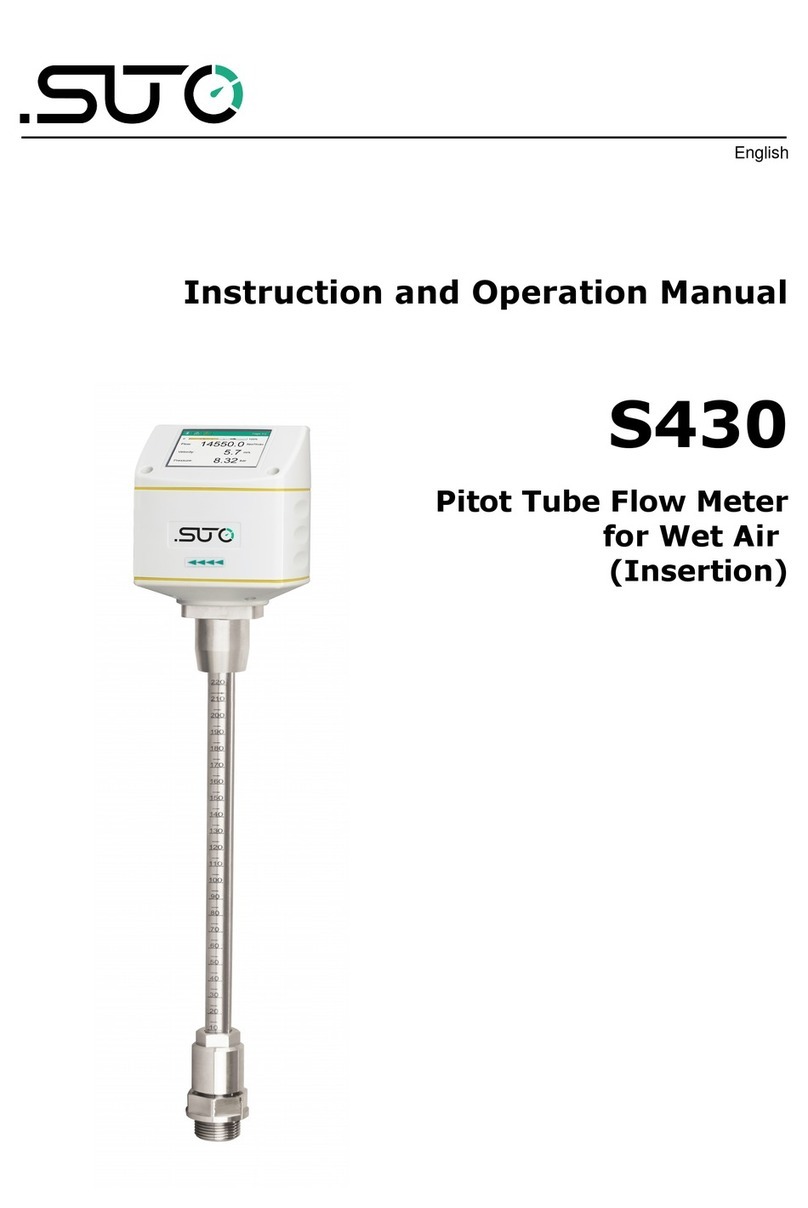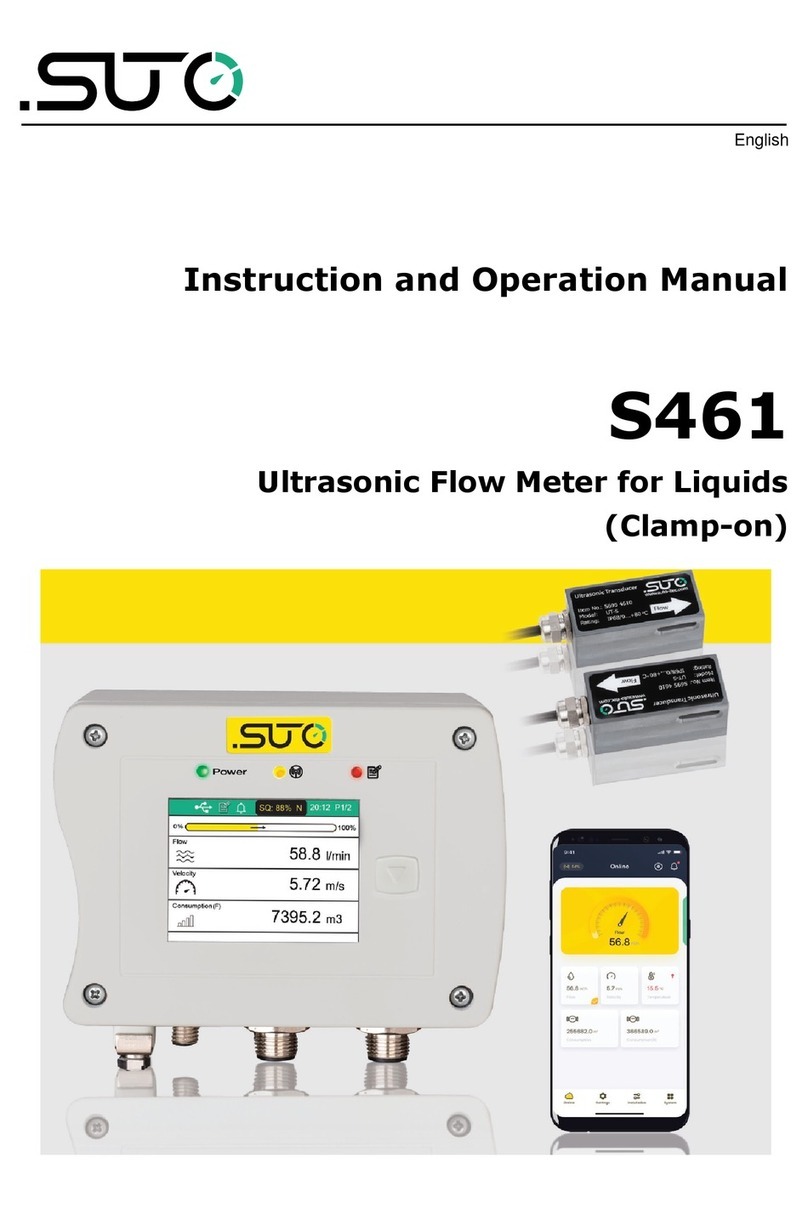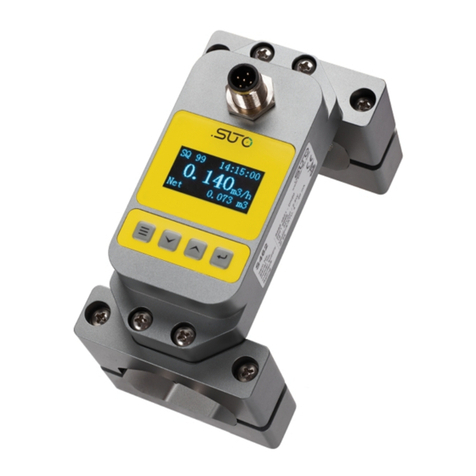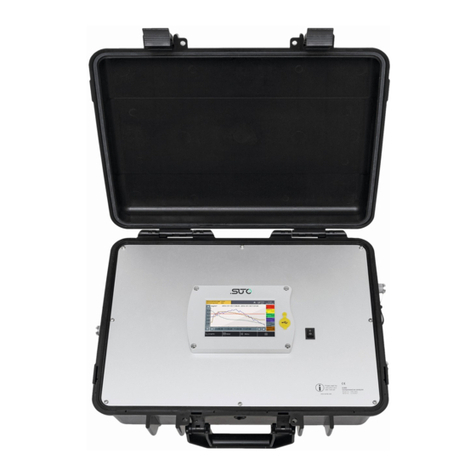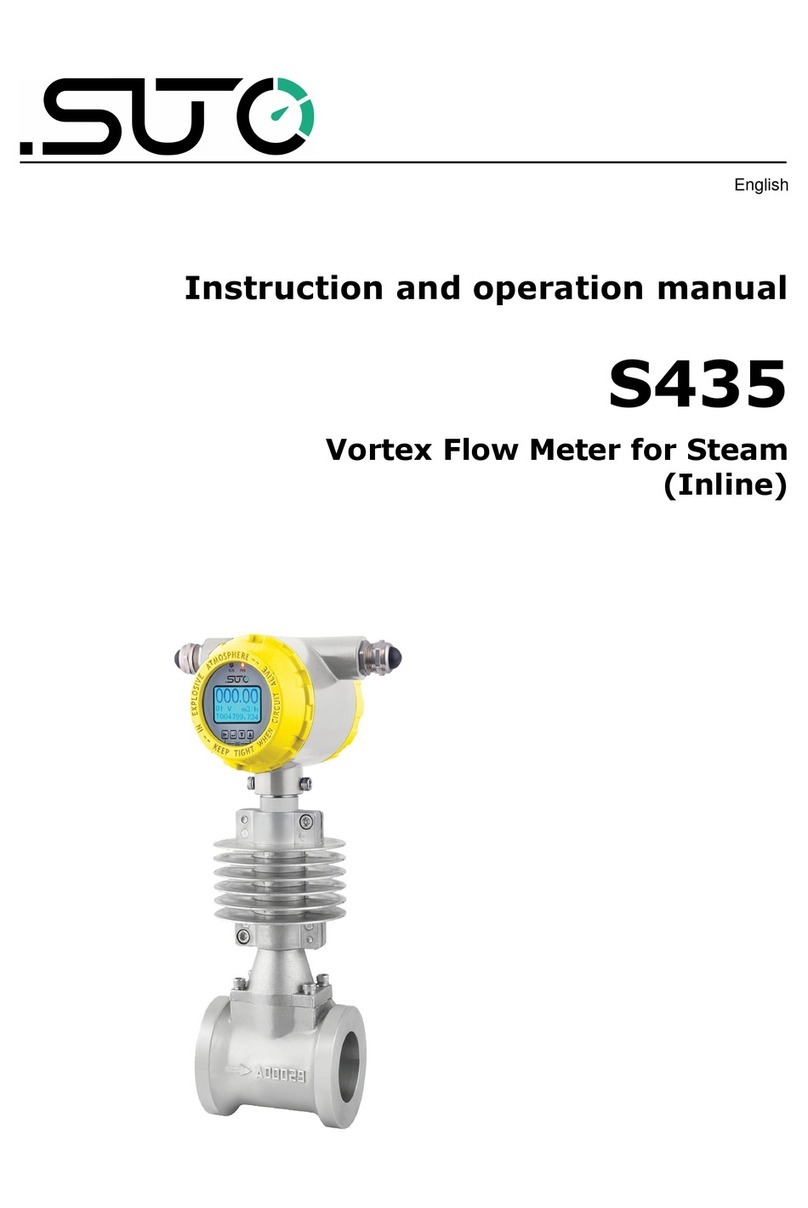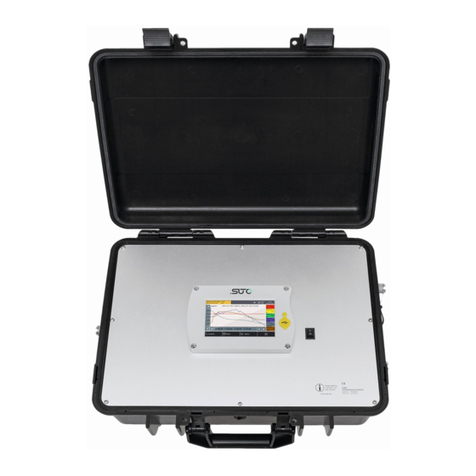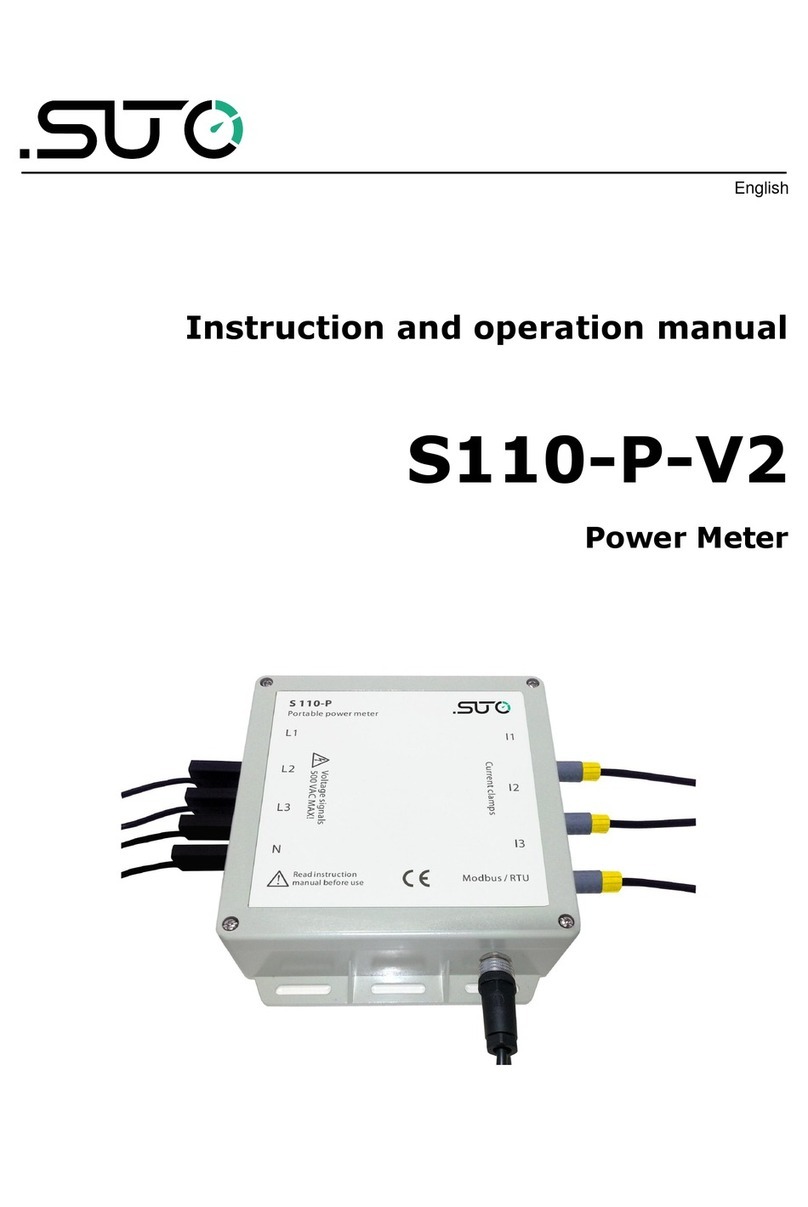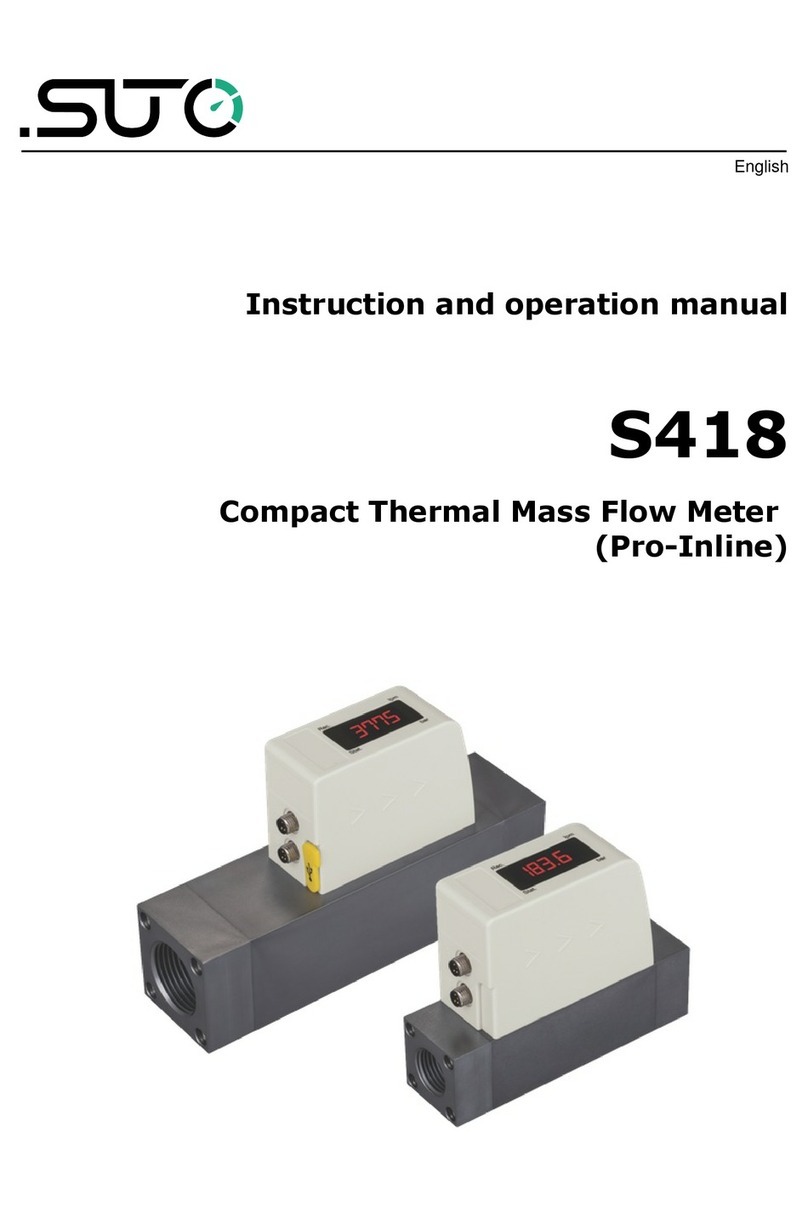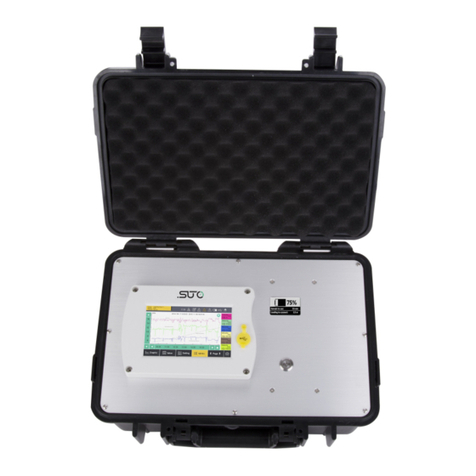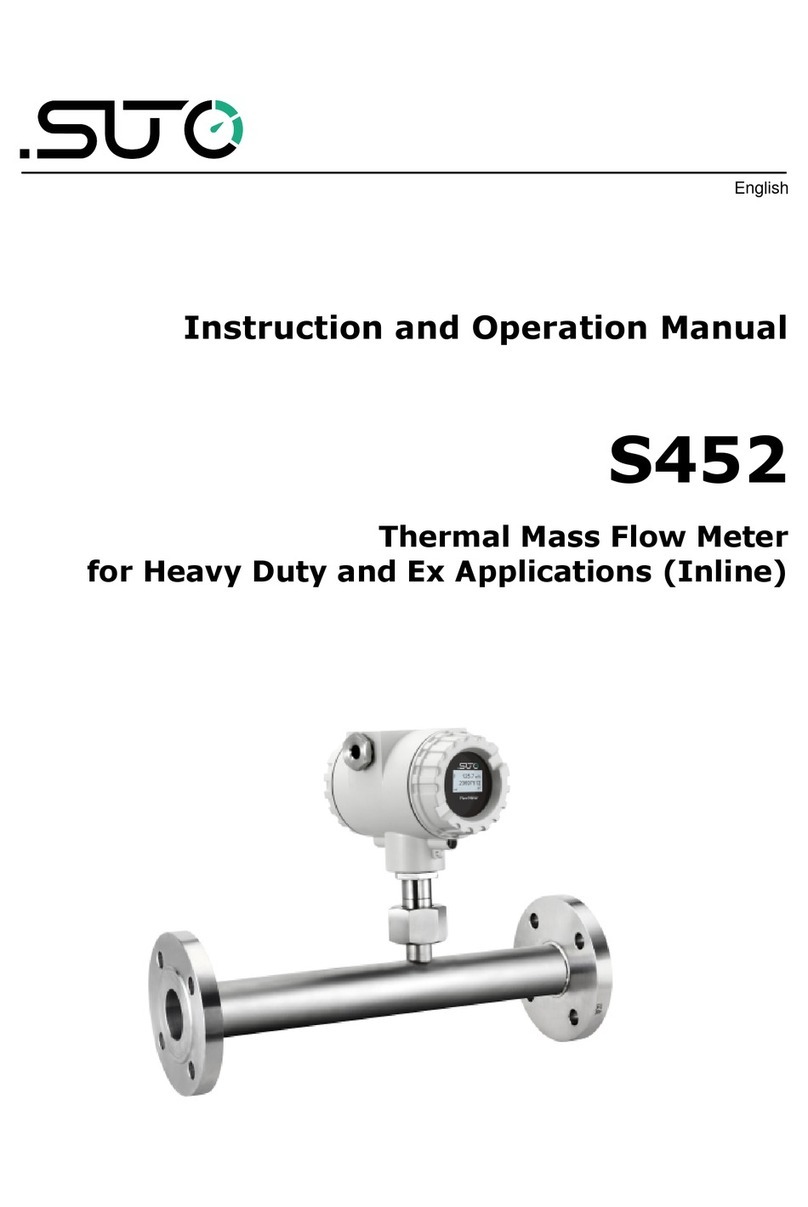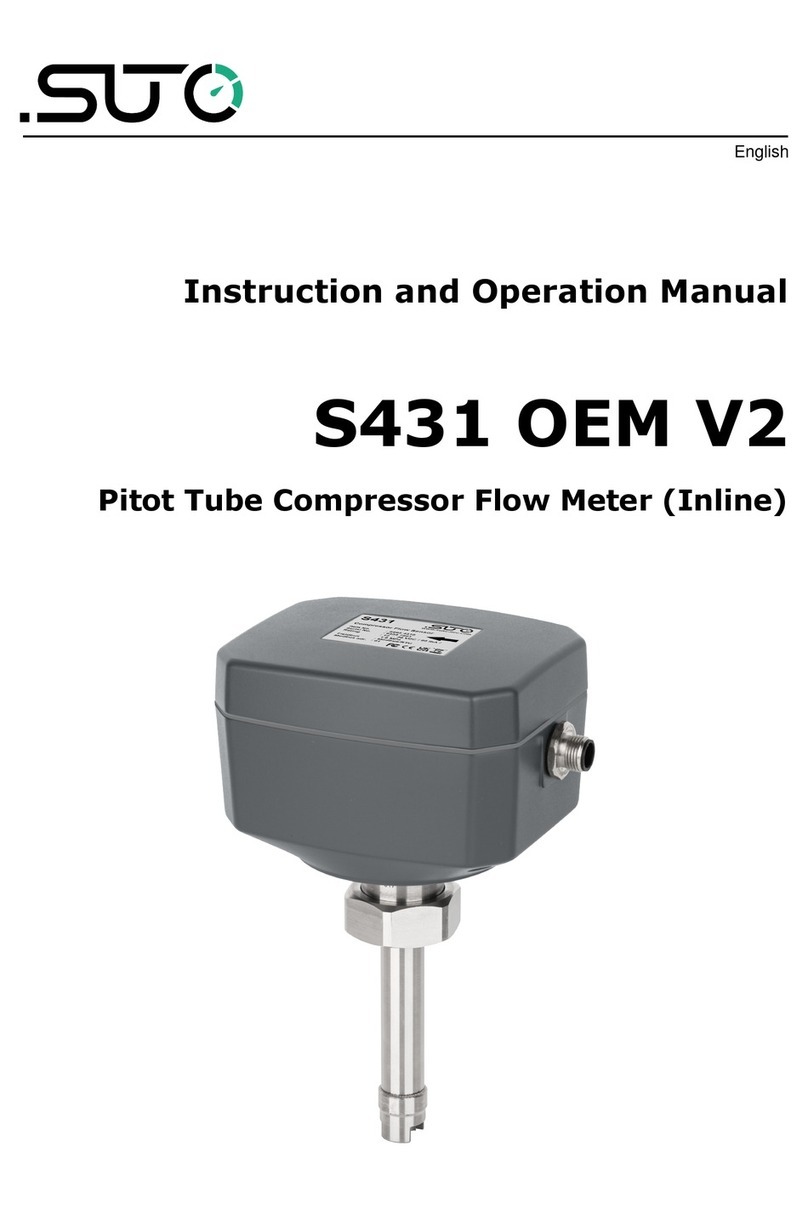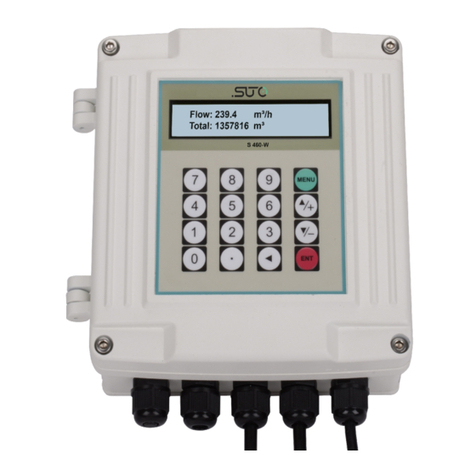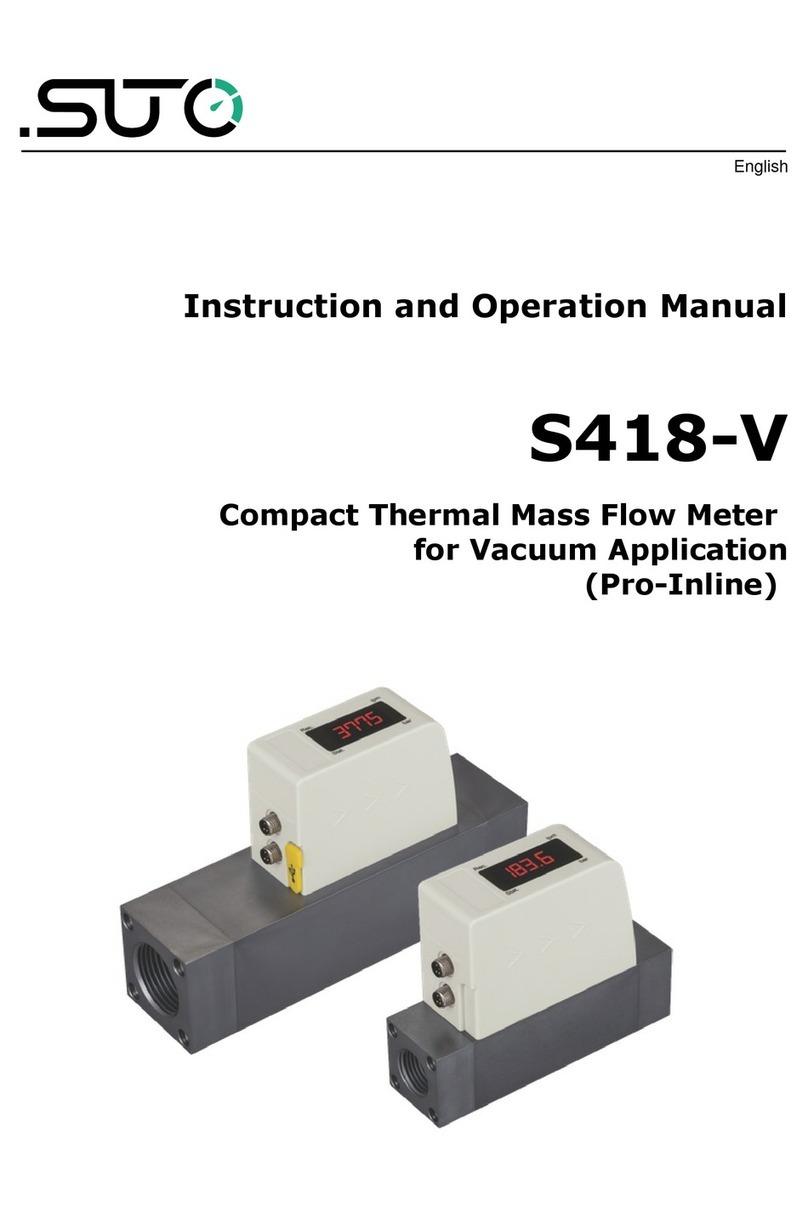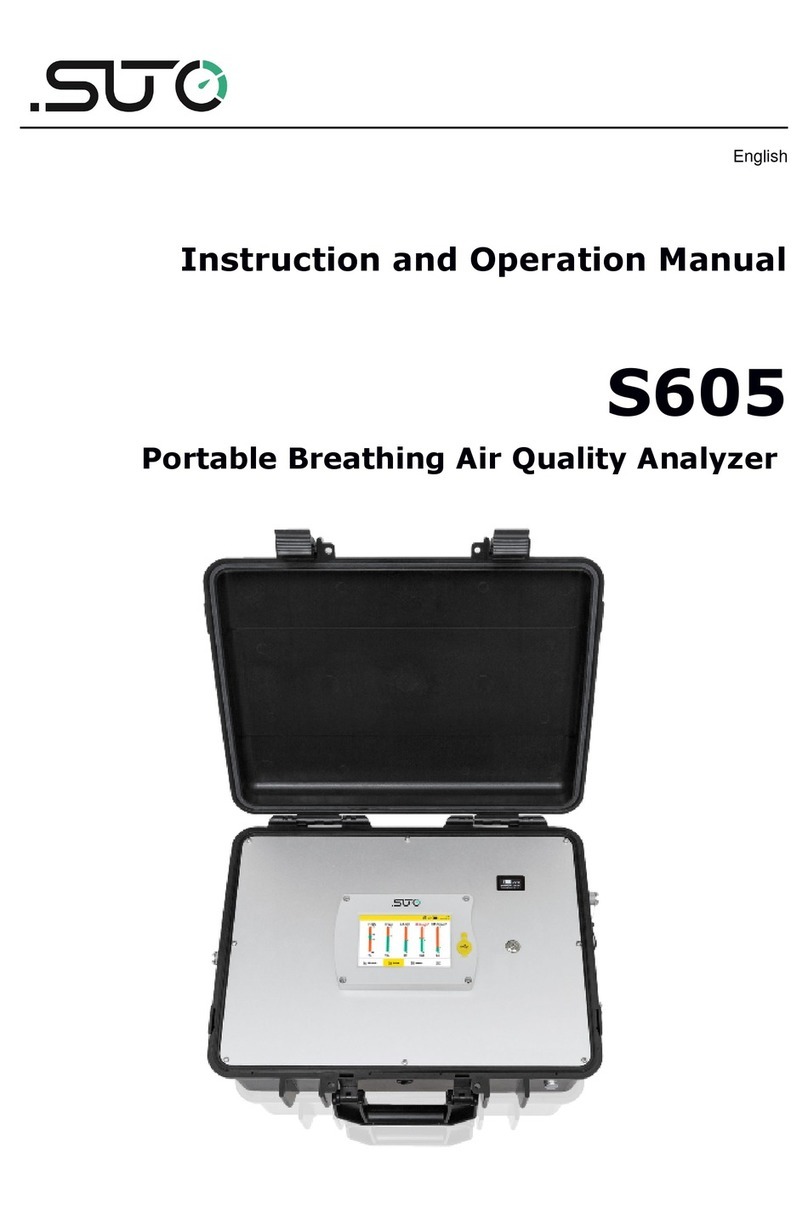Table of contents
1 Safety Instructions......................................................................4
2 Registered Trademarks................................................................5
3 Application.................................................................................6
4 Features....................................................................................6
5 Technical Data............................................................................6
5.1 General................................................................................6
5.2 Electrical Data.......................................................................7
5.3 Input Signals........................................................................7
5.4 Output Signals......................................................................7
5.5 Accuracy .............................................................................7
6 Dimensional Drawing (in mm).......................................................8
7 Determination of the Installation Point...........................................9
8 Installation ................................................................................9
8.1 Installation Requirements.......................................................9
8.2 Installation Procedure ...........................................................9
8.3 Voltage and Current Connection............................................10
8.3.1 3-Phase / 4-Wire Connection..........................................10
8.3.2 3-Phase / 3-Wire Connection..........................................10
8.3.3 1-Phase / 2-Wire Connection..........................................11
8.4 Electrical Connection............................................................11
8.4.1 Connection to S330 / S331.............................................12
8.4.2 Connection of the Rogowski Coils.....................................12
9 Signal Output...........................................................................14
9.1 Modbus Interface ................................................................14
9.2 Connect Modbus/RT Devices to a Master...............................15
9.2.1 Modbus/RT Cable Length..............................................15
9.2.2 Modbus/RT Wiring and Cable Type.................................15
9.2.3 Daisy-Chain using RS-485 Splitter...................................16
9.2.4 Topology of Modbus/RT Daisy-Chain...............................17
10 Optional Extra Accessories........................................................19
11 Maintenance...........................................................................19
12 Disposal or Waste....................................................................19
13 Appendix: Modbus Commands..................................................20
13.1 Command Request.............................................................20
13.2 Configure Meter.................................................................21
13.3 Command List...................................................................22
13.4 Modbus Register List..........................................................25
13.5 Harmonics Calculations.......................................................36
13.6 Power, Energy and Power Factor..........................................36












